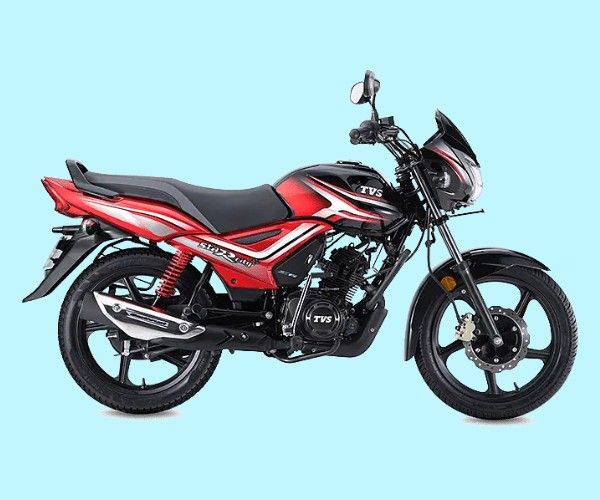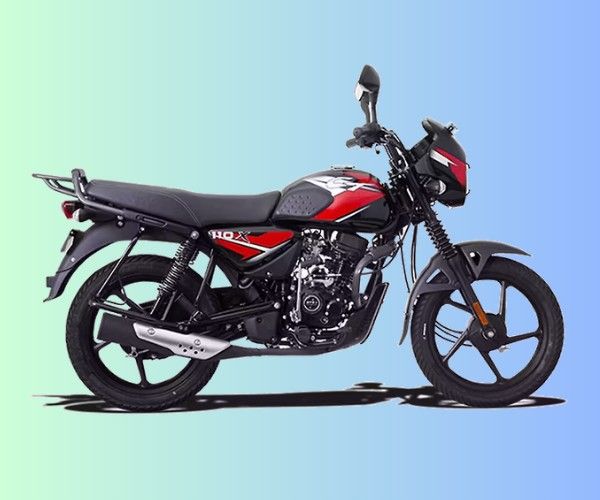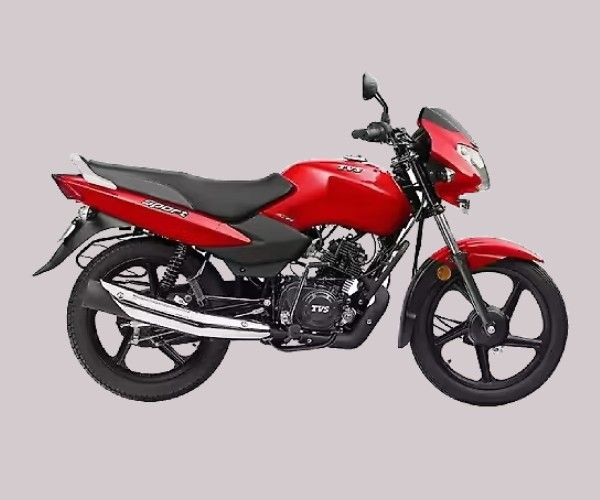
Mumbai, is a dynamic metropolitan city renowned for its economic activities and vibrant culture, is facing a growing challenge – increasing pollution levels. Over the years of time, environmental degradation has escalated, pollution in Mumbai has been rising, causing serious threats to both city’s ecosystem and public health.
Air pollution has become a major topic of discussion in Mumbai in recent times, with hazy skies causing a shadow over the city’s skyline.
Mumbai’s air pollution has raised in recent years, with PM2.5 levels increasing 2.6% from 2019 to 2024. But compared to Delhi, Mumbai’s air quality is better, but its still a cause for concern.
However, amidst these growing concerns, recent data accessed from the Central Pollution Control Board (CPCB) indicates that in 2024, Mumbai’s air quality showed significant improvement compared to the last five years, which is nearing levels last seen before the Covid 2019 pandemic.
Major reasons for pollution in Mumbai

Vehicular Emissions and traffic: Millions of vehicles on the roads every day, that means heavy traffic also highly contributes to Mumbai’s air pollution. Cars, motorcycles, and buses release harmful gases such as nitrogen oxides, carbon monoxide, and other harmful substances into the atmosphere.
Industrial Activities: Mumbai has numerous industries that highly contribute to pollution. Industrial emissions such as factories and manufacturing units release pollutants directly into the water and air. This also play a significant role in Mumbai’s increasing air pollution levels and negatively impacting on the environment as well as human health.
Construction dust and Urbanization: Rapid urbanization and ongoing construction projects also leads to increased dust and particulate matter in the air. The construction of buildings, infrastructure, and roads negatively contributing to the bad air quality.
Waste Management Issues: Careless and improper disposal of waste, especially plastics and other non-biodegradable materials, results in water pollution and heightens environmental risks.
Water Pollution: Pollution from untreated sewage and industrial waste discharge threatens the city’s waterways, including the Arabian Sea. This causes negative effects on marine life and affects the water quality for drinking and everyday use.
Impact of Pollution
Health impacts: The rise in air pollution can cause respiratory system related issues, allergies and it may also lead to breathing issues and other severe health related issues among Mumbai’s residents. Children, elderly people, and those who already suffering from pre-existing health issues are more vulnerable.

Environmental Damage: Rising pollution also leads to the degradation of natural resources, loss of biodiversity, and decrease in the quality of life for both animals and humans.
Economic Consequences: This increase in the pollution levels can also lead to decrease in the tourism industry, decrease in an agricultural productivity and increased healthcare costs.
Steps Being Taken
To resolve the issue of rising pollution levels, several initiatives can be implemented:
Green Initiatives: Local administration and residents put efforts to create green spaces, promote sustainable practices, and also can improve public transportation.
Policies and Regulations: Government has already introduced very strict environmental policies and regulations to monitor increasing pollution levels.
Public Awareness: Local NGOs and social service groups are working hard to raise awareness regarding pollution and encourage community participation in order to maintain a healthy and clean environment.
Apart from this to reduce pollution you can also take following steps:
- You can stay indoors during peak pollution hours
- You can wear masks while going outdoors
- Use good quality air purifiers at home
- Avoid going to high traffic areas
- Drink enough water and also ensure proper nutrition for your children
- Limit outdoor activities for your children during high-pollution days
Also to reduce air pollution, policy makers can take following steps:
- Bring strict regulations regarding emissions
- Increase green cover
- Promote cleaner transportation options and also explore other modes of cleaner transportation
Despite these continued efforts, Mumbai city continues to severe challenges regarding controlling pollution. Local government, businesses, individuals, and communities must put a collective effort for constructing a sustainable future for the metro city.












